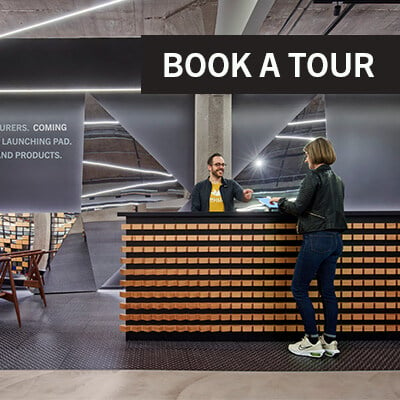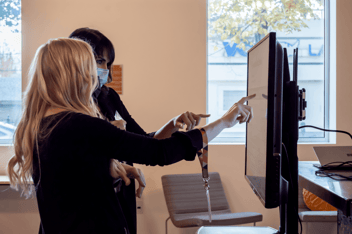Not Every Patient Fits the System, So Major Medical Built a New One
Thousands of people diagnosed with an abdominal aortic aneurysm are told the same thing. The best treatment available is not an option for them. Their arteries are too small or too complex for a simple endovascular procedure. The options they are offered are often much more complex and daunting. They face a complex and extended endovascular procedure or a difficult open surgery, both of which increase the complications, recovery and risks. Others may be left with no option at all.
Major Medical is changing that. The company is developing a next-generation stent-graft that allows more patients to receive a simple and routine treatment option that provides peace of mind and positive outcomes instead of a daunting high-risk complex procedure. Rather than forcing patients to fit the limitations of existing devices, this technology is designed to adapt to them.

Expanding Access to a Life-Saving Procedure
Doctors treat aneurysms using stent-grafts, small tubes that reinforce weakened arteries and prevent rupture. The standard approach involves threading the device through a large artery in the groin. This works well for many patients, but for thousands with small or complex arteries, it is simply not possible.
Major Medical’s team has spent years developing a smaller, more adaptable version of this device. By making it possible for doctors to use an artery in the shoulder instead of the groin, more patients can now receive this life-saving treatment.
"We have seen too many patients forced into complicated surgeries or turned down because the current technology does not fit their anatomy," says the Major Medical team. "Our goal is to make sure every patient who needs this procedure has access to it."
A Smarter Approach to Stent-Grafts
Shrinking the device to fit smaller arteries was only part of the challenge. It had to remain strong enough to provide long-term support and flexible enough to work in different body structures. If it was not durable, it would not last. If it was too rigid, it would not work in more complex cases.
The team rethought how stent-grafts are designed to strike the perfect balance of size, strength, and adaptability. The result is a system that gives doctors more control during the procedure while ensuring patients get the same level of protection and durability as existing treatments.
"The implant needs to last for a lifetime, so we are approaching innovation as designing an implant that best addresses that need and using the latest cutting-edge materials and processing to optimize durability, and then figuring out how to package that graft as efficiently as possible to meet the delivery requirements," says the team. "We are making a device that is going to be not only better for the patient long-term, but also in the short term to help get them back up and to their normal routines as fast as any other simple, routine procedure."
From the Lab to the Operating Room
The Major Medical team has already put its device through rigorous testing in the lab, through computer simulations, and in early preclinical studies. The results show that it works as expected, holds up under pressure, and has the potential to transform treatment for thousands of patients who currently have no good options.
The next step is to move toward clinical trials, where doctors will use the device in real-world procedures for the first time. From there, the company will push toward regulatory approval, making it available to hospitals and clinics across the country.
"We know this device works in the lab," the team says. "Now, we are focused on proving it works just as well in the hands of doctors treating real patients."
Why Major Medical Chose mHUB
Developing a new medical device is not just about creating better technology. It is about navigating a long, complex process that involves engineering, regulatory approvals, and proving the device works in real-world conditions. The Major Medical team knew they needed more than just a place to build prototypes. They needed a place where they could test, refine, and position their device for clinical success.
"We are not a typical startup looking to break into the market with an idea," says the team. "We are a team of industry experts solving a problem we have seen firsthand. That meant we had to be in an environment that allowed us to move efficiently, connect with the right people, and set ourselves up for long-term success."
A Future Where More Patients Get the Care They Deserve
This device is not just about improving the procedure. It is about giving more patients access to the safest, most effective treatment available. Expanding eligibility for minimally invasive aneurysm repair helps people avoid high-risk procedures, shortens recovery times, and improves outcomes. "Too many people are told they do not qualify for the best treatment," the team says. "That should never be the case. We are here to change that."
Learn more about how mHUB supports early-stage medical device companies
mHUB has supported over 1,200 innovators by providing a hyper-resourced environment with the goal of commercializing new hardtech innovation. The mHUB community has generated more than $1.96B in revenue, launched more than 1,700 products, hired more than 6,800 employees, and raised over $2.02B in capital. To date, mHUB has invested in 54 startups across smart manufacturing, energy tech, and medtech.
Learn more about their MedTech accelerator program and venture capital fund, mHUB Ventures.





